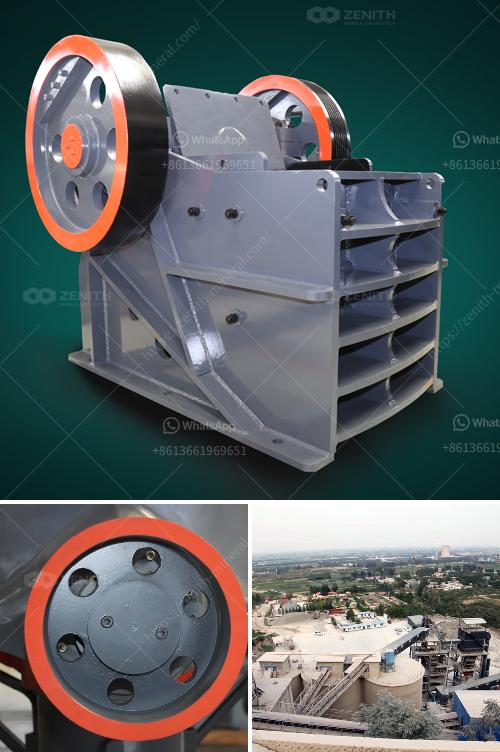Limestone mining in Kenya typically involves several steps and techniques that ensure efficient extraction while minimizing environmental impact. Here’s an overview of the process:
Survey and Exploration: The first step is to identify and evaluate limestone deposits. Geological surveys and exploratory drilling are conducted to measure the size, quality, and composition of the deposits.
Land Acquisition and Permitting: Once a viable deposit is identified, mining companies engage in land acquisition and obtain necessary permits and licenses from government authorities. This includes community engagement to ensure that the mining activities do not adversely affect local communities.
Site Preparation: This involves clearing vegetation and constructing access roads and infrastructure necessary for mining operations. It may also include setting up crushing and processing plants on-site.
Drilling and Blasting: Limestone is typically extracted through drilling and controlled blasting. This breaks the rock into manageable pieces that can be transported for further processing.
Excavation and Transport: The fragmented rock is excavated using heavy machinery such as excavators and loaders. The material is then transported by trucks or conveyor belts to crushing plants.
Crushing and Screening: At the crushing plant, the limestone is crushed into smaller pieces and screened to achieve the desired size and consistency.
Processing: Further processing may include washing to remove impurities, or additional milling to achieve finer particles depending on the intended use, such as in cement production or for use as aggregate.
Storage and Distribution: The processed limestone is stored in stockpiles and distributed to various markets or industrial users, including construction companies, cement manufacturers, and lime producers.
Reclamation and Rehabilitation: Post-mining, efforts are made to restore the mined land. This includes backfilling open pits, re-vegetation, and other activities to rehabilitate the environment and make the land suitable for other uses.
Kenya has rich limestone deposits, particularly in areas like the coastal region around Mombasa and the Rift Valley, which play a crucial role in the local economy by supporting industries like cement manufacturing. Careful regulation and sustainable practices are essential to balance economic benefits with environmental and social considerations.

